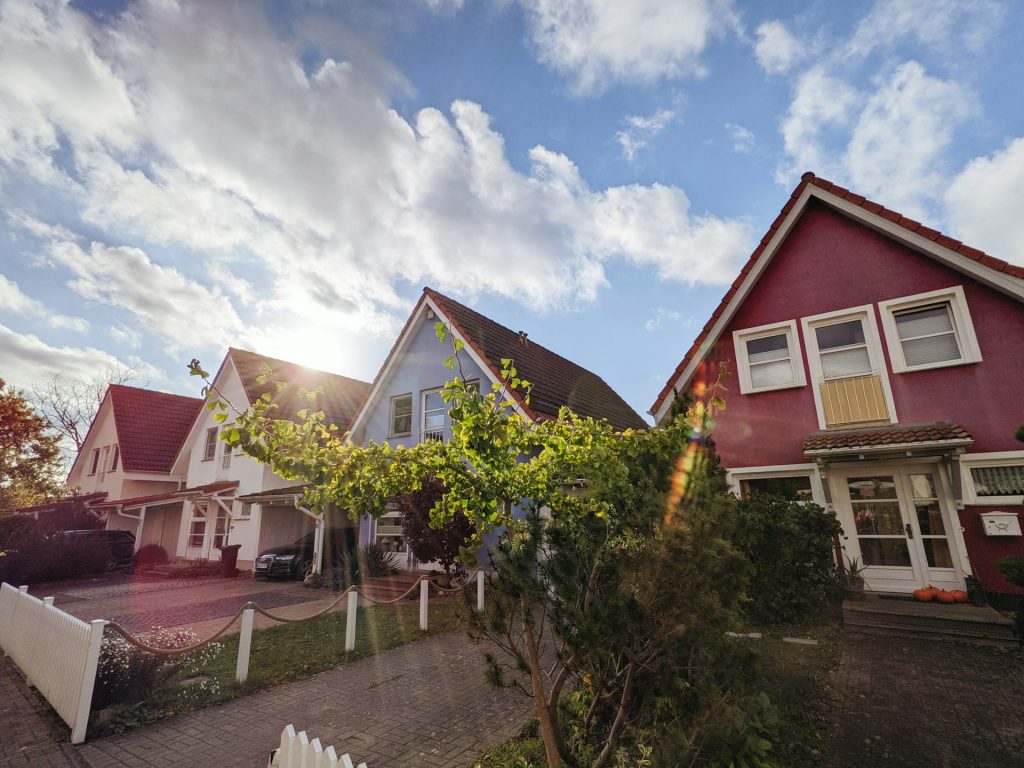This spring presents a significant challenge for homebuyers due to elevated mortgage rates. According to Freddie Mac, the average rate for 30-year fixed mortgages has reached 7.1%. This figure represents the highest level this year and marks a notable increase from 6.88% the previous week.
Mortgage News Daily reports that the daily rate has spiked to 7.43%, indicating strong fluctuations that reflect more intense inflationary concerns than anticipated.
Impact of High Rates on Buyers
High rates are putting both first-time and repeat buyers in a tough spot. In response to the rate increases, many are rushing to close on purchases before conditions worsen. Sam Khater from Freddie Mac points out the difficult decision buyers face: “Buy now before rates climb further or wait for potential decreases.”
Current Trends in Mortgage Applications
Despite the pressure from high rates, there has been an uptick in mortgage applications. The Mortgage Bankers Association reports a 5% increase in purchase applications for the week ending April 12. However, this level is still 10% lower than the same period last year. Refinancing applications have also seen a modest increase of 0.5%, following a more significant rise the previous week.
Spring Housing Market Fails to Take Off
Sales of existing homes declined in March, dropping over 4% compared to the same period last year, according to the National Association of Realtors (NAR). This suggests a stagnation driven by the lack of significant changes in interest rates. Lawrence Yun from NAR notes that despite improvement from cyclical lows, the market fails to gain momentum.
Regional Disparities in the Market
Sales and home prices vary significantly across regions in the US. In the Midwest, sales fell nearly 6%, while declines were also observed in the South and West. However, prices in these regions continued to rise. Specifically, the West experienced a 7% increase in the median price, reaching $603,000.
Conversely, the Northeast saw a slight uptick in sales, with a 4% increase from February, though there was an annual decline of nearly 4%. The median price in this region rose by 10%, reaching $434,600.
The spring real estate market faces a complex landscape, with high interest rates and rising prices making it difficult for many to purchase homes. Robert Frick from Navy Federal Credit Union sums up the situation: “The spring housing market has not taken off.” Buyers remain on the lookout for the anticipated rate cuts, adding frustration to the current context.
